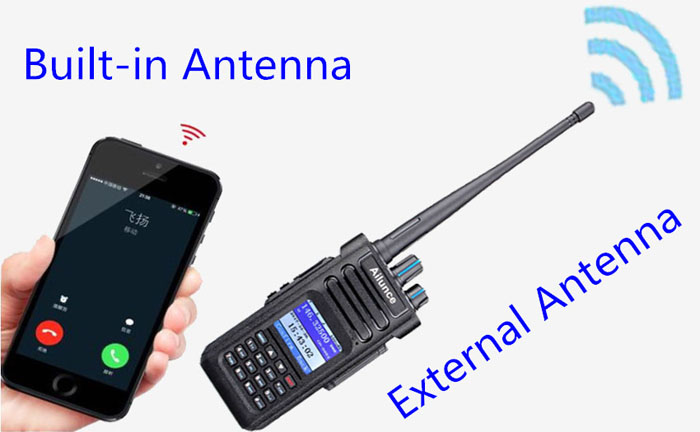+86 15093323284 hams@ailunce.com
What you need to know about SWR

SWR is short for Standing Wave Ratio. It's a parameter often used by hams to indicate if the antenna matchs with the transmitting radio. The most commonly used is voltage standing wave ratio. It's the ratio of the standing wave antinode voltage to the valley voltage amplitude, recorded as VSWR. Its value is between 1 and infinity. When the standing wave ratio is 1, it means that the impedance is completely matched, and the energy of the transmitter can be effectively transmitted to the antenna system.
The reciprocal of the SWR is called Traveling Wave Coefficient. Like the SWR, it can also be used to express the matching status of the antenna-feeder system. The linear antenna usually uses the traveling wave coefficient. If the traveling wave coefficient is lower than standard, it will increase the feeder loss and reduce the allowable transmission power, and even cause overvoltage breakdown. The surface antenna always uses the standing wave ratio. When the value is higher than the standard, it will not only affect the normal transmission of energy, but more importantly, the string noise index, so the requirements are relatively strict.

In addition, SWR has different effects on the built-in and external antennas. For built-in antennas, due to the relatively poor working environment of the antenna, SWR is usually required to be 2.5 or less, and it is better to be 2 or less. For external antennas, SWR should be below 1.5 due to the better working environment of the antenna.











